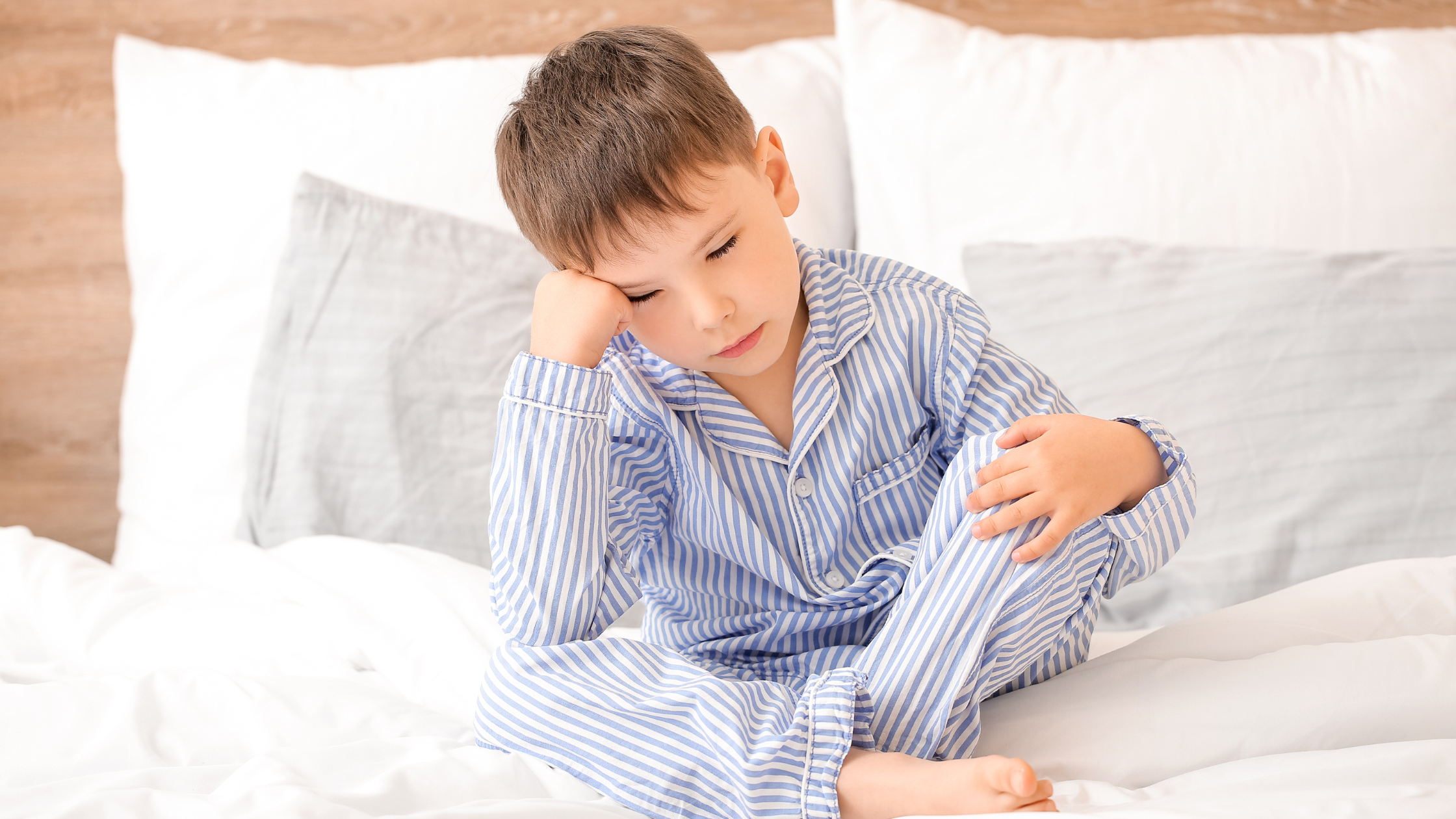
Sleep is vital for the overall well-being and development of children. However, many parents find themselves grappling with the challenges posed by sleep disorders in their little ones. Sleep disorders can have a significant impact on a child's physical health, cognitive function, mood, and behavior. Identifying and addressing these common sleep issues is crucial to ensure that children get the quality sleep they need for optimal growth and development. In this blog post, we will explore some of the most prevalent sleep disorders in children and discuss strategies for effectively managing them.
Insomnia
Insomnia, characterized by difficulty falling asleep or staying asleep, is a common sleep disorder in children. It can be caused by various factors, including anxiety, stress, irregular sleep schedules, or poor sleep hygiene. Identifying the underlying cause is essential for effective management. Establishing a consistent bedtime routine, creating a calm sleep environment, and limiting exposure to stimulating activities before bed can significantly help alleviate insomnia symptoms in children.
Sleep Apnea
Sleep apnea, although often associated with adults, can also affect children. It is a condition where breathing repeatedly stops and starts during sleep. Obstructive sleep apnea (OSA) is the most common type in children and is usually caused by enlarged tonsils or adenoids. Loud snoring, restless sleep, and daytime sleepiness are common symptoms. If you suspect sleep apnea in your child, consulting a pediatrician is crucial for a proper diagnosis and suitable treatment options.
Restless Leg Syndrome (RLS)
Restless Leg Syndrome is a neurological disorder characterized by an irresistible urge to move the legs, usually accompanied by uncomfortable sensations. These sensations often worsen at night, leading to disturbed sleep patterns. RLS can be challenging for children to articulate, making it important for parents to observe any signs of leg discomfort or frequent leg movement during sleep. Treatment options may include lifestyle changes, iron supplementation, and medication if necessary.
Narcolepsy
Narcolepsy is a chronic neurological disorder that affects the brain's ability to regulate sleep-wake cycles. Excessive daytime sleepiness, sudden loss of muscle tone (cataplexy), and vivid dream-like hallucinations are common symptoms of narcolepsy in children. Diagnosis requires a comprehensive evaluation by a sleep specialist, and treatment may involve a combination of medication, scheduled naps, and lifestyle modifications to manage symptoms effectively.
Delayed Sleep Phase Syndrome (DSPS):
DSPS is a circadian rhythm disorder where an individual's sleep-wake cycle is delayed, resulting in difficulty falling asleep at a conventional bedtime. It is more prevalent during adolescence. Children with DSPS may struggle to wake up in the morning and often experience daytime sleepiness. Gradually shifting bedtime earlier, implementing consistent sleep schedules, and optimizing the sleep environment can help in managing DSPS.
Conclusion
Recognizing and addressing sleep disorders in children is essential for their overall well-being. If you suspect your child is experiencing sleep issues, it is important to consult with a pediatrician or a sleep specialist for a thorough evaluation. With proper identification and management, children can overcome these common sleep disorders, allowing them to enjoy restful nights and reap the benefits of quality sleep for their growth, development, and overall health.
If you are continuing to have sleeping trouble, that may be a sign of an underlying problem. Please click the orange button below to take a free online sleep test and talk with one of our sleep health professionals.

